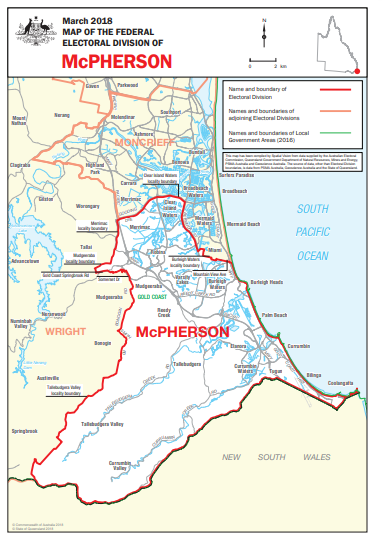|
|
|
|
| Adam Carr's Election Archive
|
Australian federal election, 2022
Division of McPherson, Queensland
Named for: McPherson Range, which was in the Division on its original
boundaries (from Major Duncan McPherson, a friend of the explorer
Cunningham)
Gold Coast: Burleigh Waters, Coolangatta, Currumbin, Palm Beach, Robina
State seats: All of
Burleigh and
Currumbin, parts of
Mermaid Waters,
Mudgeeraba and
Surfers Paradise
Local government areas: Parts of
Gold Coast
Borders with:
Moncrieff,
Richmond and
Wright
Enrolment at 2019 election: 109,233
Enrolment at 2022 election: 117,284 (+07.4)
1999 republic referendum: No 59.3
2018 same-sex marriage survey: Yes 65.5
Sitting member: Hon Karen Andrews (Liberal):
Elected 2010, 2013, 2016, 2019
2007 Liberal majority over Labor: 8.8%
2010 Liberal majority over Labor: 10.3%
2013 Liberal majority over Labor: 13.0%
2016 Liberal majority over Labor: 11.6%
2019 Liberal majority over Labor: 12.2%
Liberal two-party vote 1983-2019
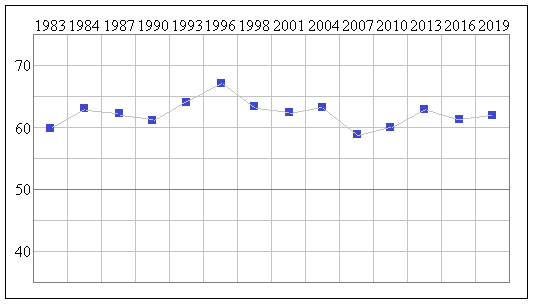
Status: Fairly safe Liberal
Best Liberal booths, two-party vote: Merrimac East (73.9), Bonogin (70.9), Robina North (70.0),
Mermaid Waters PPVC (69.4), Reedy Creek South (68.0)
Best Labor booths, two-party vote: Kirra (51.5), Palm Beach South (47.7), Varsity Lakes South (46.9),
Currumbin (45.4), Varsity Lakes Central (44.5)
2019 results
Statistics and history
Candidates in ballot-paper order:
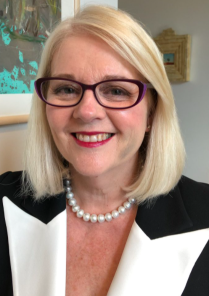 |
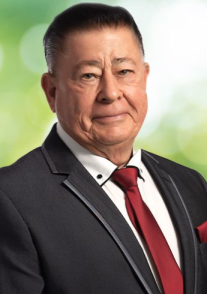 |
 |
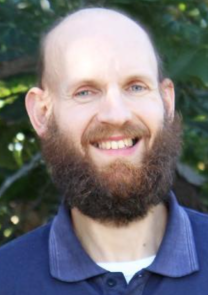 |
1. Hon Karen Andrews
Liberal Party |
2. Kevin Hargraves
Pauline Hanson's One Nation |
3. Gary Pead
Australian Federation Party |
4. Scott Turner
Australian Greens |
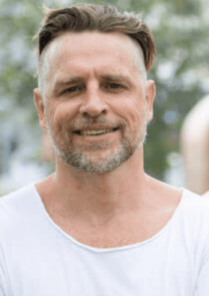 |
 |
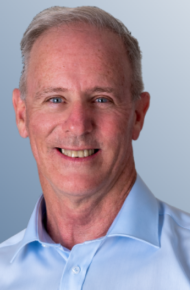 |
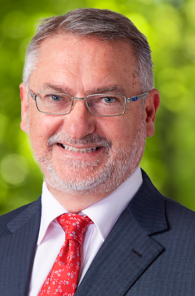 |
5. Andy Cullen
Australian Values Party |
6. Joshua Berrigan
United Australia Party |
7. Glenn Pyne
Liberal Democrats |
8. Dr Carl Ungerer
Australian Labor Party |
Candidate websites:
Hon Karen Andrews
Joshua Berrigan
Kevin Hargraves
Andy Cullen
Gary Pead
Glenn Pyne
Scott Turner
Dr Carl Ungerer
Division of McPherson
McPherson was created in 1949, as a rural seat running from Southport to Warwick. Its first member was
the Country Party leader
Sir Arthur Fadden, who had been member for
Darling Downs since 1936. The Gold
Coast, at the eastern end of the seat, began to grow explosively in the 1960s, and the seat has been
cut back by successive redistributions until it now occupies only the southern third of the Coast, based
on Coolangatta and Currumbin.
Despite its superficial glamour, the Gold Coast is not a wealthy area, with its large number of
retirees and a growing population of low-income service workers in new suburban developments. McPherson
has a below-average median family income level and of people in professional and managerial occupations.
Nevertheless McPherson has always been a safe non-Labor seat, first for the Country Party and since
1972 for the Liberals. It was held by
Eric Robinson, a minister in the Fraser government. After his death it was held For 29 years by three inconspicuous backbenchers,
Peter White,
John Bradford and
Margaret May, the last of whom retired in 2010.
Karen Andrews, Liberal MP for McPherson since 2010, was an engineer and industrial relations and
human resources consultant before her election. She became a parliamentary secretary in 2014 and was
Assistant Minister for Vocational Education and Skills in the Turnbull ministry. In August 2018 she was
promoted to Cabinet as Minister for Industry, Science and Technology in
Scott Morrison's ministry. In March 2021
she was moved to the sensitive Home Affairs portfolio. The Labor candidate is Dr Carl Ungerer, a former diplomat and
policy adviser. The Greens candidate is Scott Turner, a customer service agent for TransLink.
Demographics:
Median weekly household income: $1,395 (Australia $1,438)
People over 65: 17.7% (Australia 15.8%)
Australian born: 68.4% (Australia 66.7%)
Non-English-speaking households: 12.7% (Australia 22.2%)
Catholics 22.1% (Australia 22.6%)
No religion 31.7% (Australia 29.6%)
University graduates: 18.4% (Australia 22.0%)
Professional and managerial employment: 32.5% (Australia 35.2%)
Employed in manufacturing and construction: 26.4% (Australia 22.9%)
Paying a mortgage: 34.4% (Australia 34.5%)
Renting: 32.8% (Australia 30.9%)
Traditional families: 30.8% (Australia 32.8%)
Back to main page
|
|

